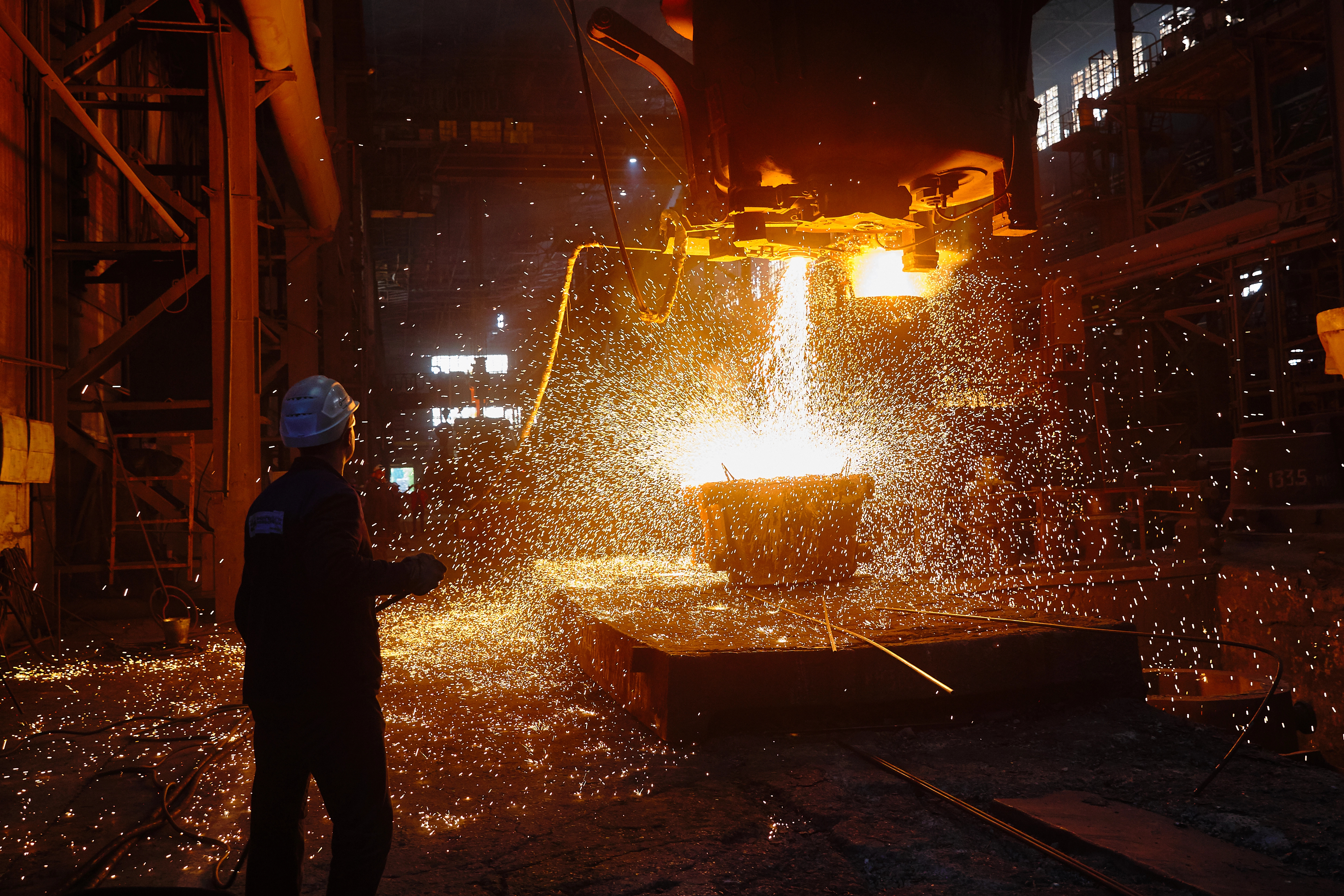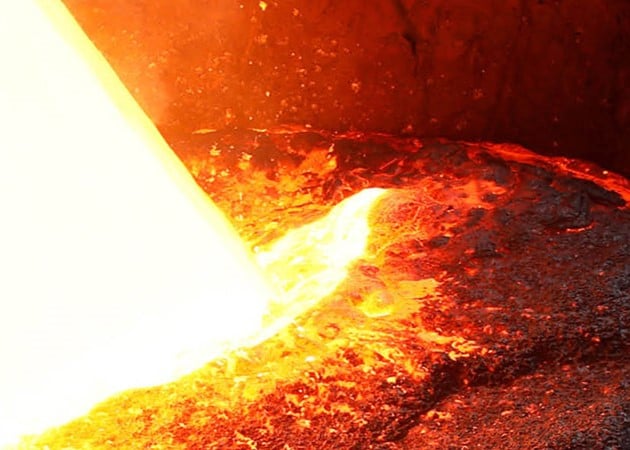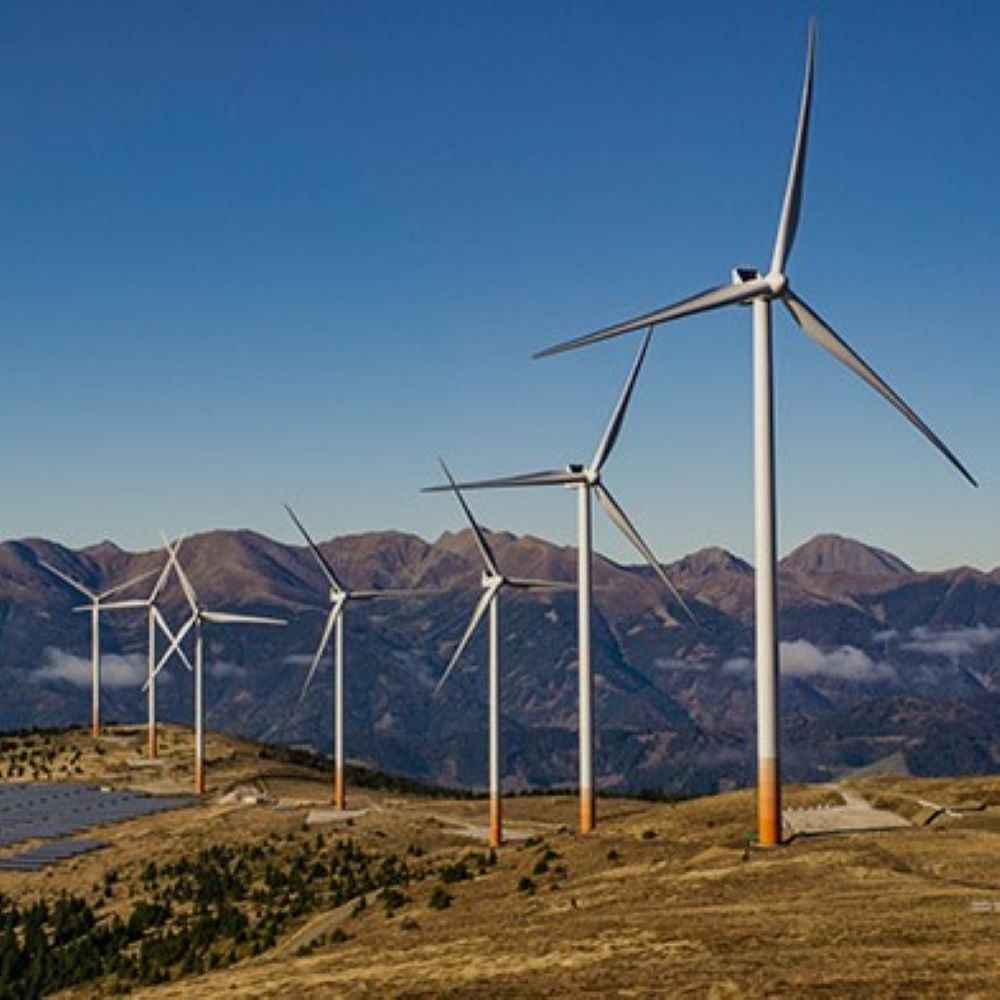This Insight explores several of our Top Ten Calls in more detail including our calls on trade, the BEV transition, and global oil demand.
Any recovery in global trade volumes will be short-lived
Global trade has seen subdued growth for most of the past two years, consistently lagging behind world growth (see chart below). However, world trade seems set to pick up in the second half of this year, and the surge could continue until potential tariffs on world imports by the incoming US administration materialise.
In the short term, impending tariffs can encourage buyers to ‘front-run’ shipping goods before tariffs come in. But over the long term, we expect trade to stagnate once the tariffs are in place, so any immediate surge will be temporary.
Import tariffs raise trade costs, thus deterring trade volumes exported from the levied country. This situation manifested during the trade war between the US and China, which led to the introduction of tariffs by both sides in 2018 and has resulted in the slow displacement of China as the top US trading partner.
Nearshoring efforts accelerated by the Covid-19 pandemic – and derisking measures amid the war in Ukraine – have worked in the same direction of splitting trade into geopolitically aligned blocs led by the US or China, respectively. Any escalation of trade tensions among these economies will continue to fragment the world’s trade landscape.
BEV sales will grow more rapidly in Europe than in China
Despite BEV growth stalling in Europe this year and accelerating in China, we expect the rate of BEV sales growth in Europe to surpass that of China next year (see chart below). Feeding this demand, Chinese BEV exports to Europe will continue to grow.
This year, the demand environment in Europe has appeared weak, with reports of rising inventory levels, fewer incoming orders, and shorter lead times. These challenges have led to production downtime and BEV model launch delays. However, we anticipate automakers will increasingly prioritise BEV deliveries next year, launching more affordable models and offering discounts to meet more stringent emission standards and avoid potentially large fines. It is also noteworthy that BEV sales outside of Germany (which removed a purchase subsidy) have mostly been up y/y even in 2024.
In addition, low base effects are set to favour European growth next year, as the level of BEV penetration is significantly lower than in China. The current scrappage scheme – which concludes at the end of the year – is also likely bringing some Chinese demand forward from 2025.
That said, risks remain from macroeconomic headwinds and political backsliding on emission standards.
Growth in global oil demand will continue to be weak
China shows signs of slowing growth in oil demand, potentially peaking before the decade ends. This year, the decline is largely driven by the end of post-pandemic pent-up demand and weaker global economic conditions. A prolonged slump in China’s property market (n.b. investment in construction has been falling for two years) has further suppressed diesel demand, while the rising adoption of LNG trucks has displaced a significant share of diesel-powered HDVs.
The rapid rise of electric vehicles across the transport sector has been transformative. ICE vehicle stocks are expected to decline sharply, reducing both diesel and gasoline consumption, which together account for nearly half of crude oil demand. Although car density remains low, further rapid growth is unlikely, particularly as China’s expansive high-speed rail network continues to reduce reliance on road transport.
For global oil consumption to sustain its growth, regions like Africa, India and Southeast Asia will need to take on a larger role, as mature markets such as the US and Europe are also nearing peak oil demand.
Throughout 2025, we will closely monitor these issues as they arise and observe their impact on the global economy.

















